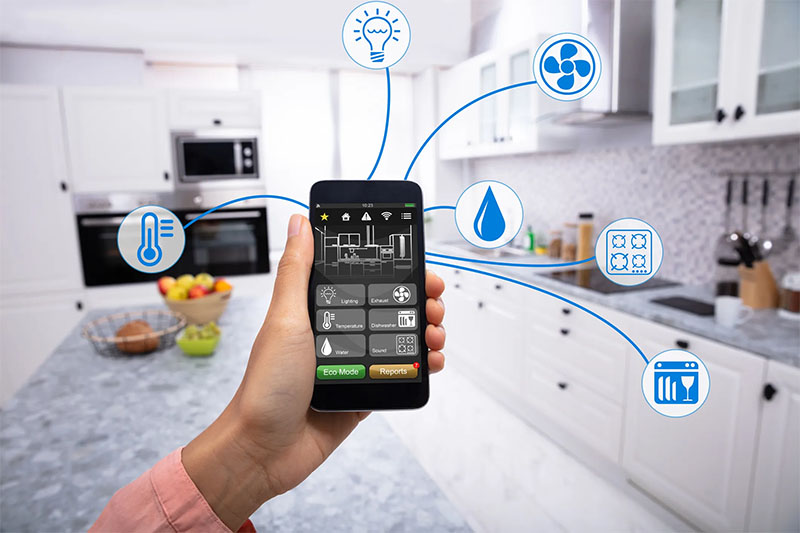The shelters humans have built have evolved extensively to meet the needs of an ever-changing population. Today’s smart homes are the pinnacle of this evolutionary development and offer a wide array of advantages to modern humans.
- Safety
According to Wacks, the single most important role of shelter for the human being is safety. A good home will protect the occupants from physical harm. Smart building technology makes the task of managing all safety-related facilities a straightforward task. For example, emergency lighting, smart fire prevention, and remote access controls can all be monitored and engaged remotely.
One of the greatest threats to the occupants of a home or building is the air that we breathe. In recent months this issue has taken a top-ranking position on the list of building safety issues. Indoor air conditioning is more important than ever before. The responsibilities of the HVAC and AC unit have risen to include not only the regulation of proper temperatures but consistently high-quality air throughout the building. In light of the recent pandemic and the possibility that another virus may sweep the world anytime Smart building technology is now geared toward protecting the home’s occupants from bacterial and viral attacks.
For example, indoor air quality can be improved through automatic controls that ensure a fresh air supply is readily available to keep interior air quality high. Technology can also be applied to ensure that there is better circulation of air throughout the building.
- Comfort
When Wacks worked closely with the Canadian Government to find out what makes a building attractive to its occupants, comfort was a top criterion. Studies since time-immemorial support this finding and humans seem to prefer comfort and a comfortable environment is essential to building a sense of satisfaction in the workplace.
With such an emphasis on comfort, it seems natural that the capacity to adjust living environments to match personal preference would be a high priority for this futuristic tech. People would like to be able to adjust the airflow around their personal space, for example. Lighting is another aspect of personal taste that some people would like to adjust. In today’s Smart homes, the tone of the room, color temperature, and direction of light can all be adjusted to your personal preference.
- Savings
In most buildings, the costs of energy are the costliest item on the list right after personnel/ staff costs. When Wacks spoke about this to a variety of Building managers, they received a very similar response. Maintaining low energy costs is never a high priority on the list, at least never the highest. But with the wide variety of new technologies available, it will be even more important to economize the costs of energy.
Smart buildings make good use of technology to improve the comfort of a home while still minimizing the costs of energy. Smart homes rely on processing information and utilizing communications tech to connect operating systems within the building. This allows building managers to optimize the operations within the building for maximum efficiency.

